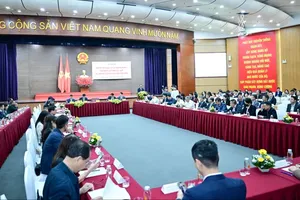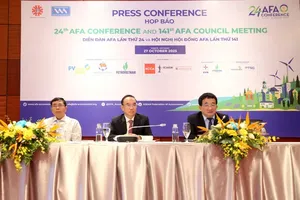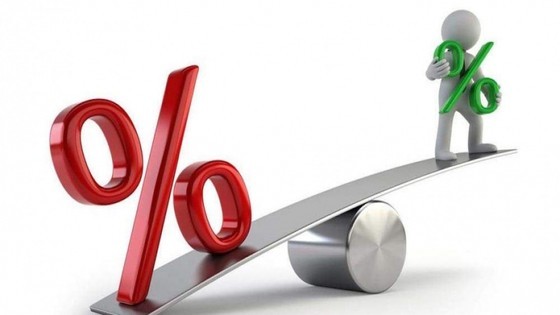 |
In March, the State Bank of Vietnam made a clear reversal of interest rates with two adjustments of interest rates in the middle of the month and at the end of the month.
Accordingly, the discount rate and refinancing rate decreased by 1 percentage point and 0.5 percentage points respectively. Some other market-oriented interest rates also decreased, such as ceiling interest rates on demand deposits and 1-6 month term deposits down 0.5 percentage points, to 0.5 percent a year and 5.5 percent a year respectively. The ceiling on short-term lending interest rates for some priority sectors has been reduced to 4.5 percent a year.
Reducing refinancing interest rates is an important part of the reduction in interest rates for the economy. The refinancing interest rate is the interest rate applied to the SBV's refinancing loans to commercial banks through risky collateral.
When this interest rate decreases, commercial banks will have lower borrowing costs, directly affecting business lending rates. The lower the lending interest rate for businesses, the lower the interest expense; therefore, businesses have the motivation to borrow capital for business development, and the circulation of money in the market will be faster.
After the decision of the State Bank of Vietnam, at the beginning of April, state-owned and private commercial banks both reduced deposit interest rates by 0.3-0.8 percentage points. Thus, from the beginning of the year until now, deposit interest rates have fallen sharply by about 0.8-1.2 percentage points. This decrease is equivalent to about half of the increase from October to December 2022.
According to the SBV's data, the average lending interest rate for new and old loans at the end of February was at 9.5-11.3 percent a year , an increase of about 0.5-0.6 percentage points compared to the end of 2022. It is forecast that lending interest rates in the economy will decrease in the near future due to the cooling of deposit interest rates as a premise to reduce lending rates, abundant banking liquidity and weak credit demand resulting in decreased lending interest rates.
Furthermore, a credit package of VND 120,000 billion will be implemented from April 1 with a preferential lending interest rate of 8.2-8.7 percent a year for investors and buyers of social housing and worker housing.
Previously, in the press conference to update the monetary policy at the end of March, the SBV said that as of March 28, the credit of the whole economy increased by 2.06 percent compared to the end of 2022. Thus, credit has increased by nearly 1 percent since March 9 which has shown that the flow of credit is smooth again.
In the first quarter, Vietnam's GDP increased by only 3.32 percent over the same period, much lower than the Government's target of 6.5 percent in 2023 and the lowest growth rate since the first quarter of 2009. Because macro-economic data is not satisfactory, the Government needs to issue more policies to stimulate economic demand and support growth such as reducing operating interest rates, deploying preferential credit loan packages, and boosting public investment.
The continued reduction of the operating interest rate reaffirms the direction of the market's interest rate reduction trend in the coming time; thereby, the state bank has guided credit institutions to reduce lending rates to help businesses and people. Although the lending interest rate is currently still at a high level and many upcoming fluctuations are unpredictable, the management of the above-mentioned monetary policy will have a positive impact on the outlook of the economy in the remaining months of 2023.



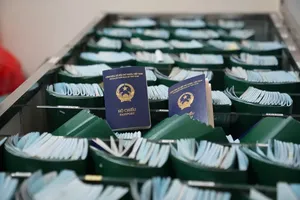
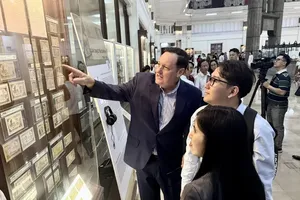


)

)




